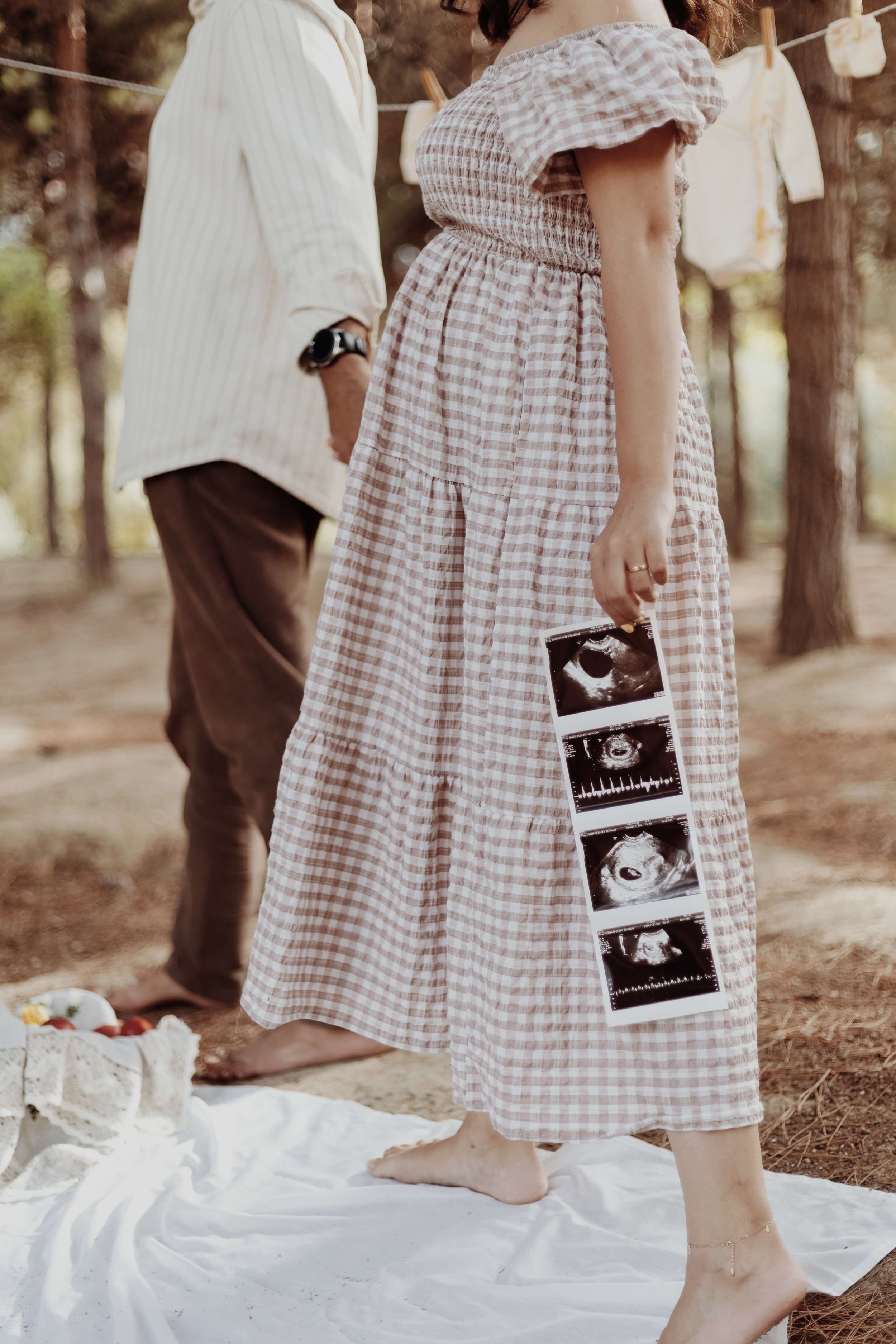In Vitro Fertilization
What is IVF?

IVF (In Vitro Fertilization) is one of several types of fertility treatments. In IVF, follicles are stimulated with medication until they reach a mature size, then the eggs in the follicles are removed during a retrieval procedure. The eggs are then fertilized with sperm outside the body in a laboratory setting. The fertilized eggs are then watched to see if they grow into embryos.
Usually, embryos are frozen and sent for PGT-A or PGD testing, however, not everyone opts for genetic testing. Women then go through a transfer cycle when the embryo is transferred to the uterus via an ultrasound-guided catheter. Anywhere from 8-14 days post transfer, blood HCG levels are observed to confirm pregnancy.
How can Acupuncture Help?
At birth, women are born with approximately 1 million eggs, and by puberty, they have around 300,000. While the DNA is determined before birth, the “quality“ of the eggs can be improved by improving the environment in which the eggs reside. By changing a woman’s diet and the nutrients she puts in her body, and then increasing blood circulation to the ovaries via acupuncture can change the environment of the egg cell.
The additional nutrients that reach the egg cell via the increased blood flow can then aid in the production of more ATP from the cell’s mitochondria. The additional ATP then helps repair cellular damage resulting in better quality egg cells. Since it takes approximately 90 days for this process, we recommend starting acupuncture treatments 3 months prior to the start of IVF. However, we know this is not always possible so any acupuncture is better than none.
Acupuncture is not just about blood circulation though. Consistent acupuncture treatments can help lower follicle-stimulating hormone (FSH) levels thus allowing for better response to stimulation medications.
IVF is a stressful procedure. Cortisol and adrenaline levels increase during times of stress. Acupuncture helps to lower cortisol and adrenaline levels and take the body out of a state of sympathetic “fight or flight“ and into a more relaxed state.
Acupuncture is also an important component of embryo transfer that can help increase the chances of pregnancy. In the case of embryo transfer, acupuncture’s mechanism of action increases circulation to the uterus to improve implantation conditions, increases central stimulation of beta endorphins, inhibits uterine motility, modulates inflammatory mediators, and reduces anxiety and stress.
The effect of acupuncture on the day of embryo transfer on the in vitro fertilization outcomes:
An RCT Dehghani, Homayouni, Kannannejad - international Journal of Reproductive BioMedicine.
Acupuncture can help the success of your pregnancy!
Increases circulation to the uterus to improve implantation conditions.
Reduces anxiety and stress.
Modulates inflammatory mediators.
Inhibits uterine motility.
Increases central stimulation of beta endorphins.
Treatment Duration & Frequency
Weekly treatments for 12 - 14 weeks prior to starting IVF.
If you have not been having consistent acupuncture treatments and are seeking acupuncture solely for embryo transfer, research suggests the most effective protocol is at least three treatments prior to embryo transfer with one treatment within 24 hours of embryo transfer and one treatment 5-7 days after embryo transfer.
After pregnancy has been confirmed, we recommend weekly sessions continue through the first trimester.
IVF Process
In IVF, follicles are stimulated with medication until they reach a mature size.
The eggs are then fertilized with sperm outside the body in a laboratory setting.
Usually, embryos are frozen and sent for PGT-A or PGD testing, however,
not everyone opts for genetic testing.
Anywhere from 8-14 days post transfer, blood HCG levels are observed to confirm pregnancy.
Then the eggs in the follicles are removed during a retrieval procedure.
The fertilized eggs are then watched to see if they grow into embryos.
Women then go through a transfer cycle when the embryo is transferred to the uterus via an ultrasound guided catheter.
